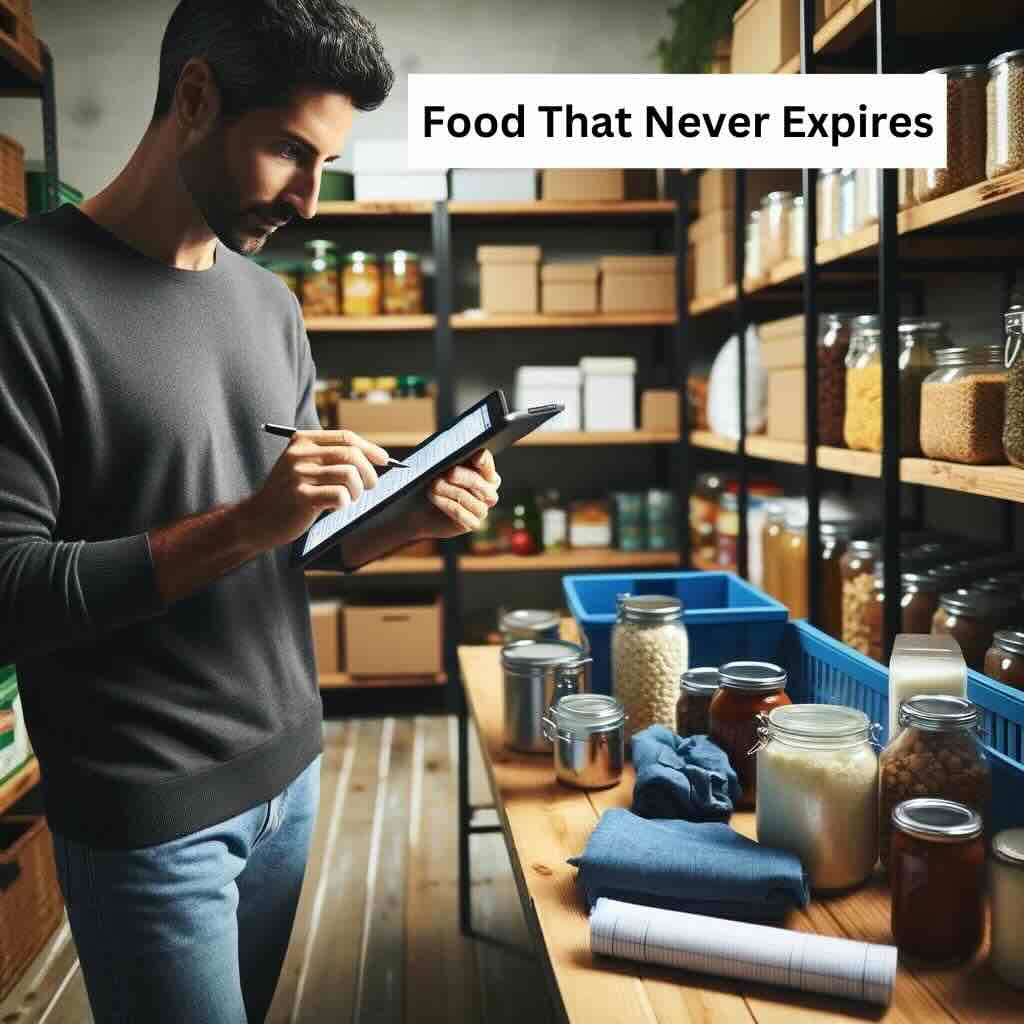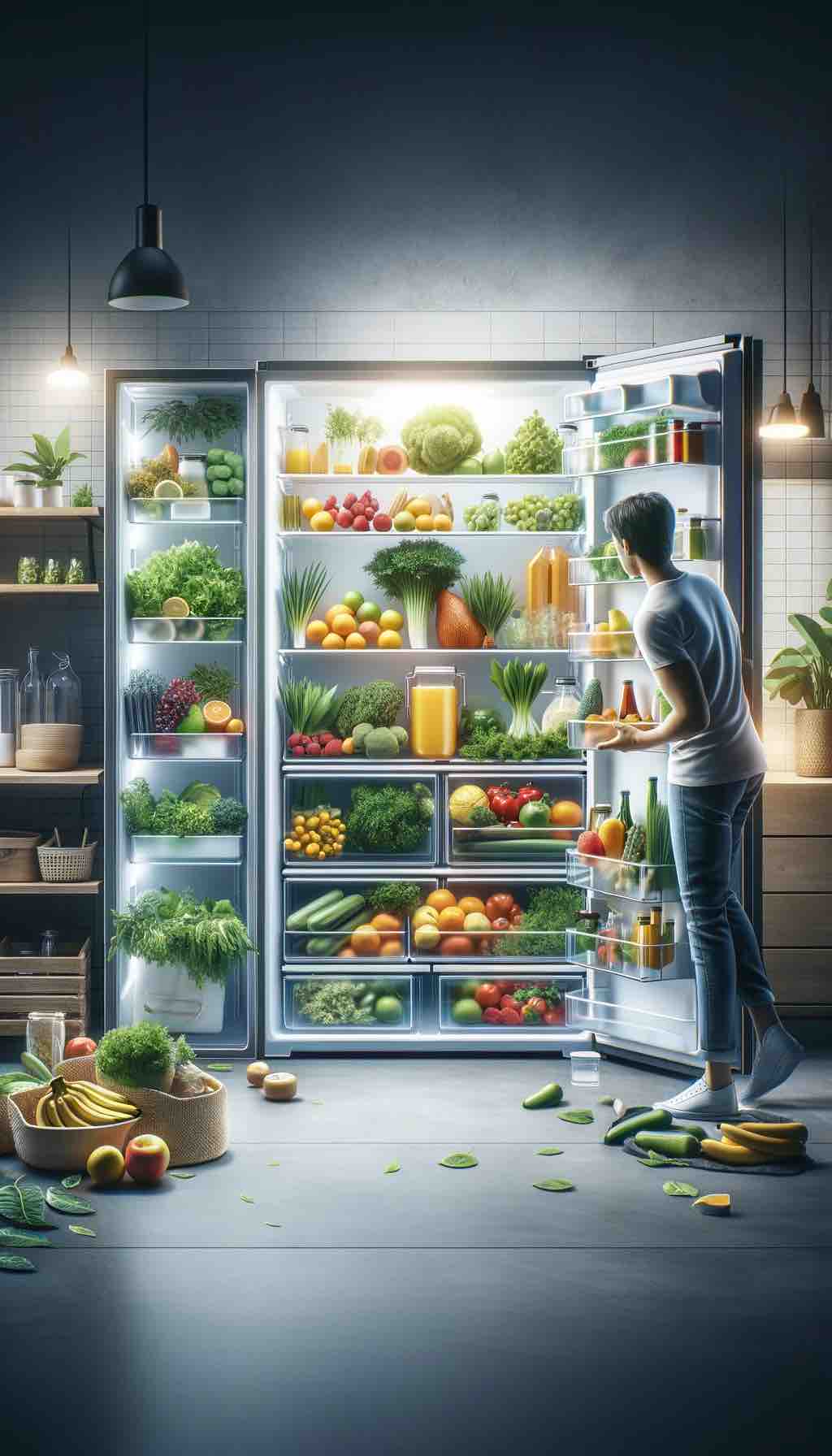
In a world where the freshness of your dinner ingredients has become a status symbol, frozen foods often get the cold shoulder. But is this chilly reception warranted, or have we been giving frozen foods the frosty treatment unjustly? Let’s thaw the misconceptions and dive into the icy waters of frozen food facts.
The Great Freeze: Nutrition on Ice
Contrary to popular belief, frozen foods can pack a nutritional punch rivaling their fresh counterparts. Thanks to modern freezing techniques, vitamins and minerals are locked in time, preserving their nutritional value. The myth that freezing diminishes food’s nutrition is as outdated as the icebox itself. Studies, like those highlighted by the Tufts Health & Nutrition Letter, affirm that frozen produce can
retain essential nutrients, sometimes outperforming fresh produce that’s been languishing in your fridge.
Breaking the Ice: Frozen vs. Fresh
The fresh vs. frozen debate is as heated as a summer barbecue, but the truth is, they’re more alike than different. While fresh produce may win in a beauty contest, frozen foods excel in convenience and longevity without sacrificing nutritional value. With freezing acting as nature’s pause button, the loss of vitamins A, C, and folate in fresh produce over time makes the frozen aisle a treasure trove for the health-conscious shopper.
A Frosty Reception: The Misunderstood World of Frozen Meals
It’s time to defrost the stigma surrounding frozen meals. Modern frozen dishes offer a spectrum of healthier, organically sourced options catering to a variety of dietary needs, from vegan to gluten-free. The key is in the label reading; not all frozen meals are created equal. Opting for meals with whole food ingredients and low sodium can turn the frozen food aisle into a shortcut for nutritious, time-saving meals.
The Ice Age: How Freezing Transformed the Food Industry
The advent of freezing transformed the food industry, making seasonal foods available year-round and reducing food waste significantly. The ability to freeze, store, and transport food has revolutionized our eating habits, enabling a diversity in diets that was unimaginable a century ago. This icy innovation has brought global cuisines to our doorsteps, from frozen dim sum to Italian gelato, enriching our culinary experiences.
Chilling Effects: Frozen Food and the Environment
One might wonder about the environmental footprint of frozen foods. Interestingly, freezing can be a boon for sustainability. By prolonging the shelf life of foods, freezing reduces waste at both the retailer and consumer levels. Moreover, frozen foods allow for more efficient transport and storage, potentially lowering the carbon footprint compared to some fresh foods that require rapid, resource-intensive shipping methods.
From Freezer to Fork: Making Frozen Foods Work for You
Embracing frozen foods doesn’t mean sacrificing the joy of cooking. Here are a few tips to make the most of your freezer:
- Mix and Match: Combine frozen vegetables with fresh herbs for a quick stir-fry bursting with flavor and nutrition.
- Smoothie Central: Frozen fruits are perfect for smoothies, delivering a creamy texture and a nutritional boost.
- Batch Cooking: Use your freezer to store batch-cooked meals, ensuring you always have a homemade dinner on hand, no matter how busy your schedule.
Conclusion
As we’ve journeyed through the frozen food aisle, it’s clear that it’s time to warm up to the idea of incorporating frozen foods into our diets. With their nutritional integrity, convenience, and contribution to reducing food waste, frozen foods deserve a spot in our kitchens (and our hearts). So next time you’re navigating the grocery store, remember that the frozen food aisle is not just a passage of convenience but a corridor of nutritional opportunities, waiting to be explored.
FAQs on “Are You Giving Frozen Meals the Cold Shoulder for No Reason?”
1. Do frozen foods really retain their nutritional value?
Yes, freezing preserves the nutritional value of foods, especially fruits and vegetables. Nutrients are locked in during the freezing process, making frozen foods comparable to fresh ones in terms of vitamin and mineral content.
2. Can freezing food kill bacteria?
Freezing can inactivate bacteria, yeasts, and molds present in food. However, it doesn’t kill them. Once the food is thawed, these microorganisms can become active again, which is why proper handling and cooking of thawed food are essential.
3. How long can I safely store food in the freezer?
Storage times can vary depending on the type of food. Most meats can be stored for 4-12 months, while frozen fruits and vegetables can last 8-12 months. Always check specific storage guidelines for different foods to ensure quality and safety.
4. Is it safe to refreeze thawed food?
It’s safe to refreeze food that has been thawed in the refrigerator but not at room temperature. However, refreezing may affect the texture and flavor due to the loss of moisture during the thawing process.
5. Are all frozen meals unhealthy?
Not necessarily. While some frozen meals are high in sodium and additives, many healthier options are available. Look for meals with whole-food ingredients, low sodium, and minimal added sugars.
6. How can I make frozen meals tastier and healthier?
Enhance frozen meals by adding fresh vegetables, herbs, or spices. You can also supplement them with additional protein sources like beans or grilled chicken for a more balanced meal.
7. Can I freeze dairy products like milk and cheese?
Milk can be frozen, but it may separate and become grainy once thawed, making it better suited for cooking rather than drinking. Hard and semi-hard cheeses can be frozen, but they may become crumbly and are best used in cooked dishes.
8. What’s the best way to thaw frozen food?
The safest way to thaw frozen food is in the refrigerator, ensuring that the food remains at a safe temperature during thawing. For quicker thawing, you can use the microwave or place the food in a leak-proof bag submerged in cold water, changing the water every 30 minutes.
9. How does freezing affect the taste and texture of food?
Some foods may experience changes in texture after being frozen and thawed, especially fruits and vegetables with high water content. However, many foods, like meats and baked goods, maintain their taste and texture well after freezing.
10. Are frozen fruits and vegetables as good as fresh for smoothies and cooking?
Absolutely. Frozen fruits and vegetables are picked and frozen at their peak ripeness, preserving their nutritional value, taste, and texture, making them an excellent choice for smoothies and cooking.
Blog Tags
frozen foods, nutritional value, food safety, meal prep, healthy eating, cooking tips, food storage, freezer meals, dietary choices, meal planning











